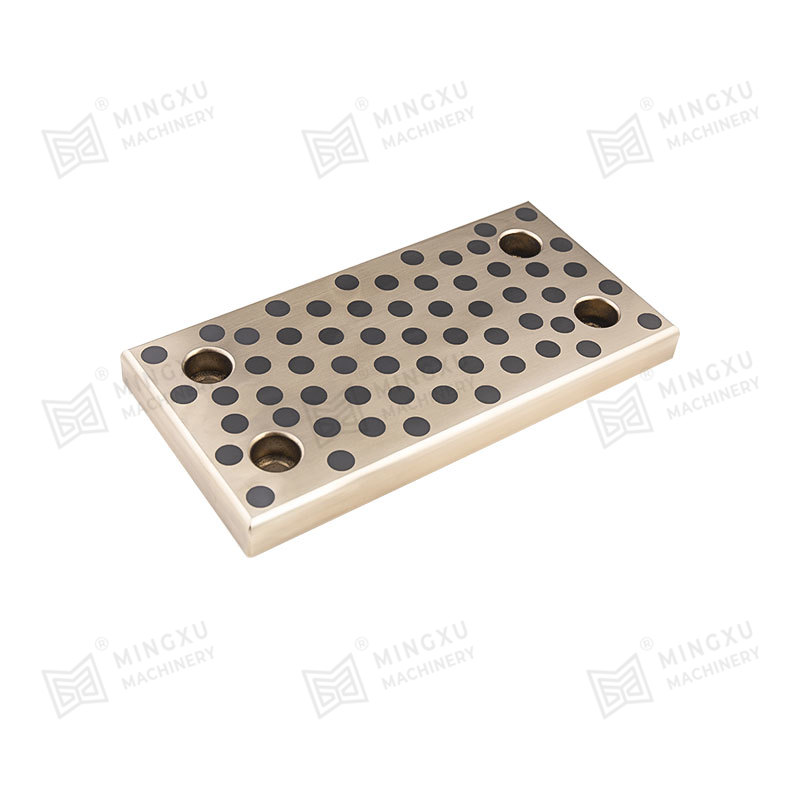The load-carrying capacity of solid-lubricating bearings plays a significant role in determining the distribution of forces within a mechanical system. Here's how it affects the distribution of forces in detail:
Load distribution: Solid-lubricating bearings are designed to withstand and distribute the applied load across their surfaces. When a force is applied to the bearing, it is distributed over a larger area, reducing the pressure at any particular point. This leads to a more uniform distribution of forces, preventing localized stress concentrations and potential failures.
Decreased friction:
Solid-lubricating bearings are specifically engineered to minimize friction between moving parts. The low coefficient of friction helps to distribute the forces efficiently across the bearing, minimizing energy losses due to frictional heating. This ensures that the load is evenly distributed and prevents excessive wear and tear on the bearing and surrounding components.
Improved weight distribution: Solid-lubricating bearings offer good load-carrying capacity relative to their size and weight. This means that they can support significant loads while exerting minimal force on the surrounding components. As a result, the weight of the system can be more evenly distributed, reducing the stress on individual components and enhancing the overall stability and performance of the machinery.
Enhanced structural integrity: By providing effective load-carrying capacity, solid-lubricating bearings contribute to the structural integrity of the mechanical system. They distribute forces evenly, reducing the risk of overload on any particular component. This helps to prevent excessive deformation, bending, or breaking of the system, ensuring its durability and longevity.
Improved operational efficiency: A well-distributed load through solid-lubricating bearings leads to improved operational efficiency. By minimizing friction and evenly distributing forces, energy losses due to frictional heating are reduced. This results in smoother and more efficient operation of the mechanical system, translating to increased performance, reduced power consumption, and lower operating costs.




 English
English Español
Español

















Contact Us